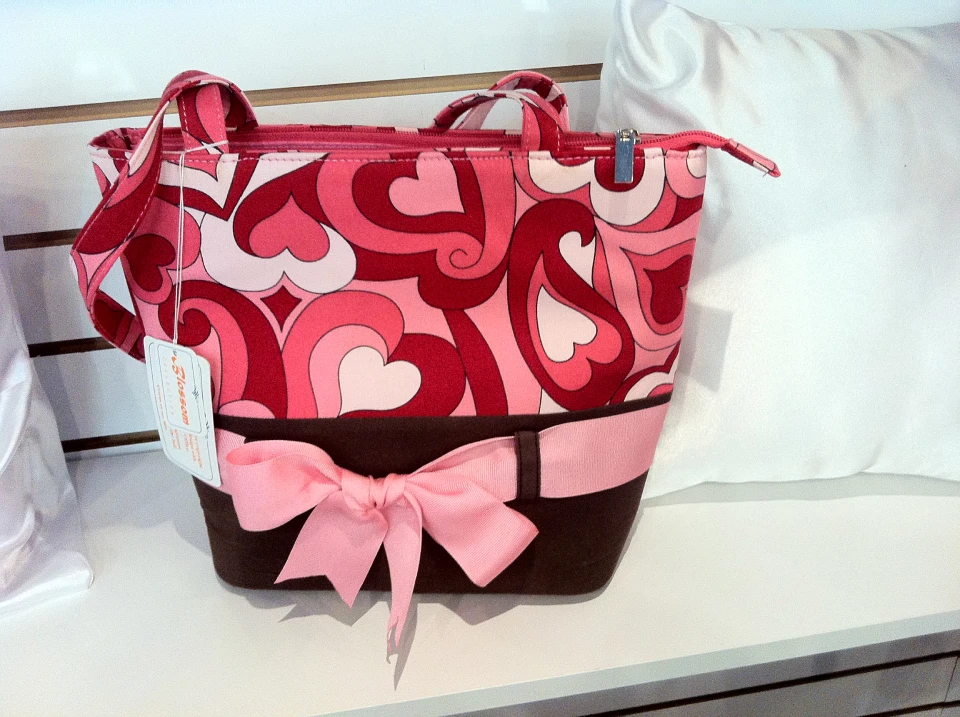Expert Screen Printing Services for T-Shirts, Aprons, and Extra
Expert Screen Printing Services for T-Shirts, Aprons, and Extra
Blog Article
The Art of Custom Embroidery: Unlocking the Secrets to Creating Special and Unforgettable Designs
The tricks to creating custom-made embroidery styles that mesmerize the eye and leave an enduring impression lie in a fragile equilibrium of method, creative thinking, and attention to information. As we delve into the globe of custom-made embroidery, we discover the nuanced interplay in between string choice, sew intricacy, and layout customization that raises a plain garment to a job of art.
Selecting the Right Needlework Threads
When selecting needlework strings, what crucial elements should you take into consideration to ensure the best results for your personalized designs? The choice of needlework string is important in identifying the last end result of your stitched design. One of the primary considerations is the material of the thread. Different materials such as cotton, polyester, rayon, and silk supply differing degrees of sheen, toughness, and structure. It is vital to pick a thread material that enhances the fabric you are embroidering on and aligns with the wanted look of the design.
Thicker threads can include measurement and appearance to your layout, while finer threads are suitable for complex details and little message. In addition, thinking about the color fastness and washability of the string is vital to make sure that your custom-made designs preserve their high quality and vibrancy over time.
Checking Out Various Stitch Methods
To explore the world of 'Checking out Various Stitch Techniques', one must realize the complexities and nuances that each stitching technique offers the art of needlework. Various stitch methods not just include visual interest yet likewise contribute to the general appearance and measurement of the design. One preferred stitch method is the satin stitch, which entails closely packed parallel stitches to create a smooth and shiny surface, perfect for filling out shapes and producing vibrant details.
On the other hand, the backstitch is a functional method usually used for detailing and adding great details. It involves stitching in reverse to create a solid line of embroidery. Furthermore, the French knot stitch includes a responsive element to layouts, ideal for creating textured accents like blossom facilities or attractive touches.
Exploring various stitch methods enables embroiderers to play with light, darkness, and deepness within their layouts, boosting the visual appeal and creative quality of their needlework tasks. By grasping various stitching methods, one can unlock countless possibilities for developing special and memorable custom-made needlework pieces.
Incorporating Personalized Design Aspects
Having actually checked out the complexities of different stitch techniques such as the satin stitch, backstitch, and French knot, the emphasis now moves in the direction of incorporating individualized design components in custom embroidery tasks. Personalized design aspects play an essential function in making embroidery tasks truly special and unforgettable.
An additional means to integrate tailored layout components is by including signs or themes that hold special significance to the recipient or mirror their interests and personality. Including a favored flower, animal, or hobby-related sign can make the needlework design extra purposeful and personalized. In addition, selecting shades that reverberate with the recipient or align with the designated motif can further boost the personalization of the needlework task.
Grasping the Art of Color Sychronisation

One trick element of shade sychronisation is comprehending color concept. This includes knowing exactly how different shades interact with each other, the feelings they communicate, and just how they can be integrated to produce aesthetically attractive layouts. By using shade theory principles, embroiderers can produce unified shade palettes that enhance the general look of the layout.
In addition, focusing on contrast is vital in color sychronisation. Using contrasting shades can aid particular elements more helpful hints of the layout pop, improve readability, and develop an aesthetically dynamic needlework item. By understanding the art of color control, embroiderers can boost their layouts and develop memorable pieces that resonate with clients and customers alike.
Enhancing Structure With Advanced Needlework Stitches
French knots, for instance, are excellent for adding small, elevated dots to your design, simulating the appearance of grains or creating a distinctive surface. Bullion knots, on the other hand, can be utilized to produce twisted, ropelike components that include an elegant feeling to the needlework. Seed sewing includes tiny, scattered stitches that can fill out locations with a polychromatic appearance, while turkey job creates fluffy, dimensional accents similar to animal hair or vegetation. Explore these sophisticated needlework stitches allows you to push the borders of typical needlework and develop truly unique and aesthetically appealing structures in your designs.
Final Thought
To conclude, the art of personalized needlework includes a combination of choosing the best threads, discovering various stitch techniques, incorporating individualized style components, understanding shade sychronisation, and enhancing structure with advanced stitches. By understanding and executing these crucial elements, embroiderers can create one-of-a-kind and memorable styles that display their creative thinking and skill. Needlework lovers can unlock the tricks to developing stunning and custom pieces that stand apart and leave a lasting impact.
Report this page